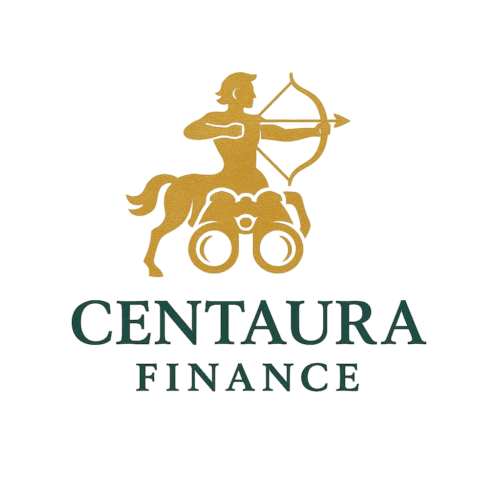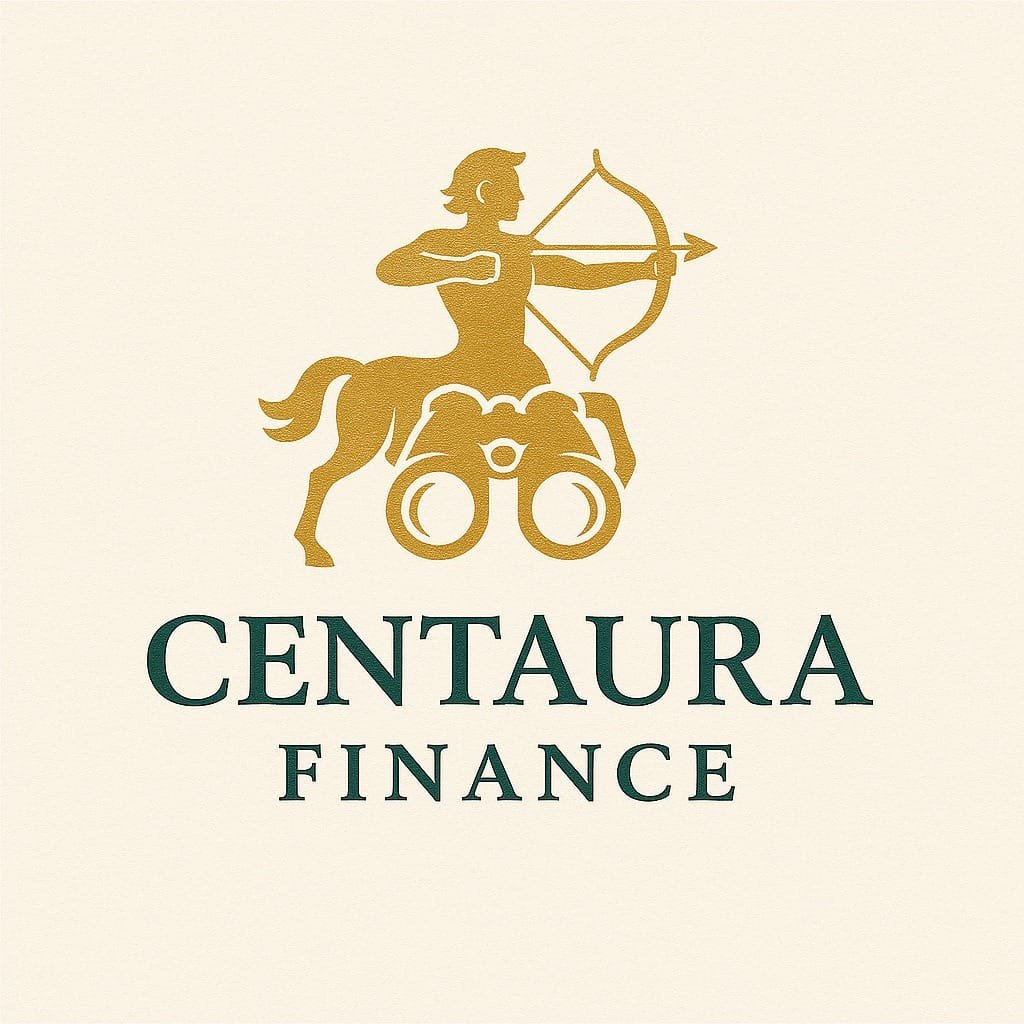Building the Future of Finance, One API at a Time
Fintech isn’t just a buzzword; it’s a full-blown industry shift. In 2025, consumers expect their money to move faster, smarter, and more securely. That demand is your opportunity.
Launching a fintech startup today means navigating regulations, tech stacks, user trust, and fierce competition. It’s not for the faint of heart, but with the right roadmap, it’s absolutely doable.
This guide is designed to help you go from idea to launch in the fintech space, with real tools, strategic steps, and founder-tested insights.
Identify the Fintech Problem You Want to Solve
Every strong fintech startup starts with a clear, painful problem. Ask:
- Are consumers struggling to manage money across accounts?
- Do traditional banks underserve small businesses?
- Are there gaps in lending, insurance, payments, or credit-building?
Example Ideas for 2025:
- AI-driven debt reduction tools
- Real-time payment platforms for freelancers
- Micro-investing apps for Gen Z
- BNPL services for B2B invoices
Validate the problem with interviews, Reddit forums, and online surveys. Real pain = real opportunity.
Understand the Regulatory Landscape
This is fintech, we’re not selling smoothies. Compliance is critical.
Here’s what you’ll likely need:
- Money Transmitter Licenses (MTLs) – If you’re handling transfers/payments
- KYC/AML Processes – Know Your Customer and Anti-Money Laundering protocols
- PCI-DSS Compliance – If you’re storing cardholder data
- FDIC/SIPC Backing – If offering banking or investments
Tip: Consider a partner like Unit, Synapse, or Bond to offload compliance until you scale.
Choose Your Fintech Stack
You don’t need to build every piece of infrastructure. Leverage fintech-as-a-service platforms:
- Banking-as-a-Service (BaaS): Unit, Synapse, Treasury Prime
- KYC/AML: Alloy, Persona, Middesk
- Plaid or MX: For bank account data
- Stripe or Moov: For payments
- Ledger tools: Modern Treasury, Lithic for card issuing
Build only what makes your product unique. Everything else? Plug it in.
Build the MVP (Minimum Viable Product)
Your MVP doesn’t need to be pretty. It needs to work and solve the core user pain.
Prioritize:
- Fast onboarding (no 10-page signup forms)
- One strong feature (e.g., instant transfers or goal-based savings)
- Tight data integration (real-time balance tracking, alerts)
Use tools like:
- No-code prototypes (Figma, Bubble) for user testing
- Firebase, React, or Flutter for early dev work
Launch fast. Iterate faster.
Secure Early Traction (Without Burning Cash)
You don’t need a million users, just a few hundred passionate ones.
Tactics:
- Niche communities (Product Hunt, Indie Hackers, Fintech Today)
- Referral loops and invite systems
- Build in public on Twitter/X
- Offer early user perks (free months, equity points)
Don’t obsess over ads. Obsess over solving one user’s problem 10x better than anyone else.
Monetize (Without Losing User Trust)
Fintech monetization is tricky; users are sensitive to fees.
Top models:
- Interchange: If you issue cards
- Subscription: Premium tiers for power users
- Assets under management (AUM): If offering investment tools
- Lending margin: If facilitating credit
Always balance revenue with user transparency. Hidden fees kill trust (and startups).
Fundraising & Investor Expectations
Fintech is hot, but complex. Here’s how to pitch it:
- Show traction: Even 500 users with daily activity matters
- Explain your compliance strategy: Don’t leave this vague
- Map out CAC vs LTV: Investors want unit economics, not vibes
- Team strength: Do you understand finance, tech, AND regulation?
Pro tip: Pitch VCs who specialize in fintech (e.g., QED, a16z Fintech, Anthemis)
Your Fintech Future Starts Now
The path to launching a fintech startup in 2025 isn’t easy, but it’s never been more accessible. APIs, banking platforms, and a growing appetite for financial innovation have lowered the barrier to entry.
Start with a real problem, build lean, validate often, and stay compliant. Your first 100 users will be harder than your first 10,000, but they’re your foundation.
So what’s the one money problem you’re ready to fix?


